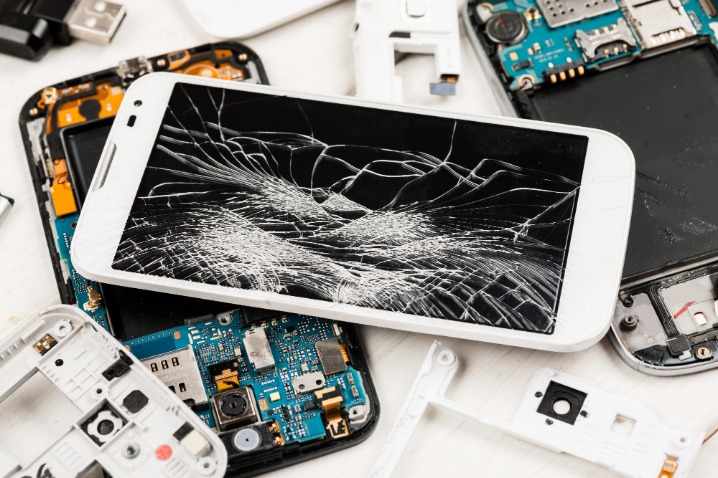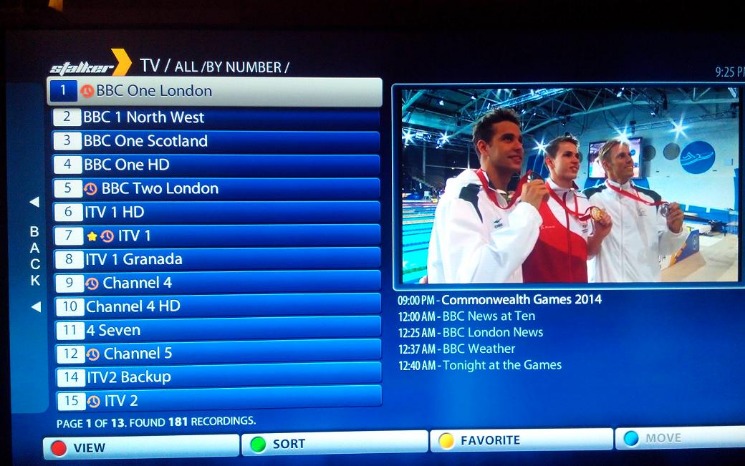You will need a TRS to TRRS cable such as the SC7 or an adaptor like the SC4 to get your mic to work. Smartphone video quality has seen some significant developments over the years, with most people now being able to shoot professional-grade content with the little device in their pocket.
No matter your color of choice, each NT1 Signature Series mic is coated with a highly resilient finish that’s specially designed to resist scratches and scuffs. If you are using the Rode Nt-1 kit with included interface, the setup process is nearly identical. Some have argued that the Rode NT1 is much better for sound recording, while Rode NT1A is better with instruments. Both are missing a PAD or a high pass filter, which is one of the downsides of both. While some recording artists might prefer a more natural, vintage sound as starters, others prefer a boost of confidence from the beginning. The NT1A, on the other hand, is winning if you have no time for sound effects later. While personal preference takes center stage when it comes to choosing a gadget, the NT1 and NT1A are sure to give you service for a long time.
Read more about rode NT1 here.
While there have been some improvements to the onboard microphones in phones over the years, the audio quality they’re capable of producing still leaves much to be desired. You can also use an adaptor such as the RØDE SC4 in conjunction with the 3.5mm to USB-C/Lightning adaptor that came with your phone to connect your 3.5mm mic. However, you will not be able to monitor your audio with headphones or control the level of your mic like you can with the AI-Micro. All you have to do is plug it into your smartphone and it will be immediately recognised as the default audio device, bypassing the internal microphone and instantly giving you much better audio quality. However, these are stereo recordings that cannot be transferred using a standard 3.5mm to Lightning adaptor, which will sum your audio into a single track.
Start Recording
In fact, it’s the only USB mic to be released in recent years (to my knowledge) without one. This means that for all cases when the digital USB-C output is used, there is no possible latency free-monitoring.
How to use a non-RØDE interface with RØDE Connect using Audio Hijack
Therefore, the NT1-5G is not (by itself) invited to the RØDE Connect party. The NT1-5G and the NT1 Signature Edition are only allowed at that party if they bring two extra «helpers», i.e. an interface and third-party software, as shown in the second article linked just above this paragraph. Therefore, the NT1-5G is not allowed (by itself) invited to the RØDE Connect party. The NT1 is one of the quietest studio microphones in the world, with a self-noise of just 4.5dB(A). This ensures every recording is exceptionally clean, even when capturing soft sound sources. To connect it to your smartphone, you will just need the correct cable for your device – either the SC15 for iPhones with a Lightning port or SC16 for phones with a USB-C port. Unlike the VideoMic Me series, the VideoMic NTG has a shockmount, so you will need either a tripod (like our Tripod 2) or a phone case with a cold shoe in order to mount the microphone.
How To Get Better Sound on Your Zoom Video Calls
The longer the material, the more it is critical to have latency-free monitoring, unless you have another person doing that quality control for you. In that case, the delay is tolerable (for a person not speaking on the show). If you want to take your audio to the next level, or if you need a microphone that you can use with a camera or computer as well as a smartphone, the VideoMic NTG is perfect. This broadcast-grade microphone is loaded with features to help you adapt to any recording situation, including a pad, high-pass filter, high-frequency boost and more. The VideoMic NTG also allows you to monitor your audio with complete control over the headphone output level. The single most effective way to vastly improve sound quality for your video calls is to use an external microphone. The mics built into computers aren’t designed for high-quality audio recording and will make your voice sound tinny and distant, pick up room sound, and generally make communicating more difficult.
Note that you can only use the USB-C output if your iOS device has a Lightning connector (or a USB-C input, in the case of the iPad Pro). Connecting the VideoMic NTG to iOS devices, including iPhones, iPads and iPods, is super easy. Below we’ll take a look at how to do it, what products you need and the awesome features this gives you access to.
In fact, it’s so durable that RØDE includes an industry-best 10-year warranty, ensuring top-quality recordings for years to come. One thing you’ll appreciate about these two Rode microphones is the quality you get for the price. These are perfect for small projects and can be a great addition to your home studio. For many artists who are just starting out, either of these can be a great entry-level microphone with great features that competitively compare to the high-end mics, especially the NT1. The Rode NT1-A brings to life the dynamic range and incorporates features you will only find in high-end microphones brought to you at a more affordable price tag. The NT1 and NT1A are entirely different in design but for the mesh grille that features on both models.
A final tip is to mute your mic when you’re not talking and encourage the other participants to do the same. Most conferencing apps will have a mute button that is easy to access and will quickly turn the audio on and off.



